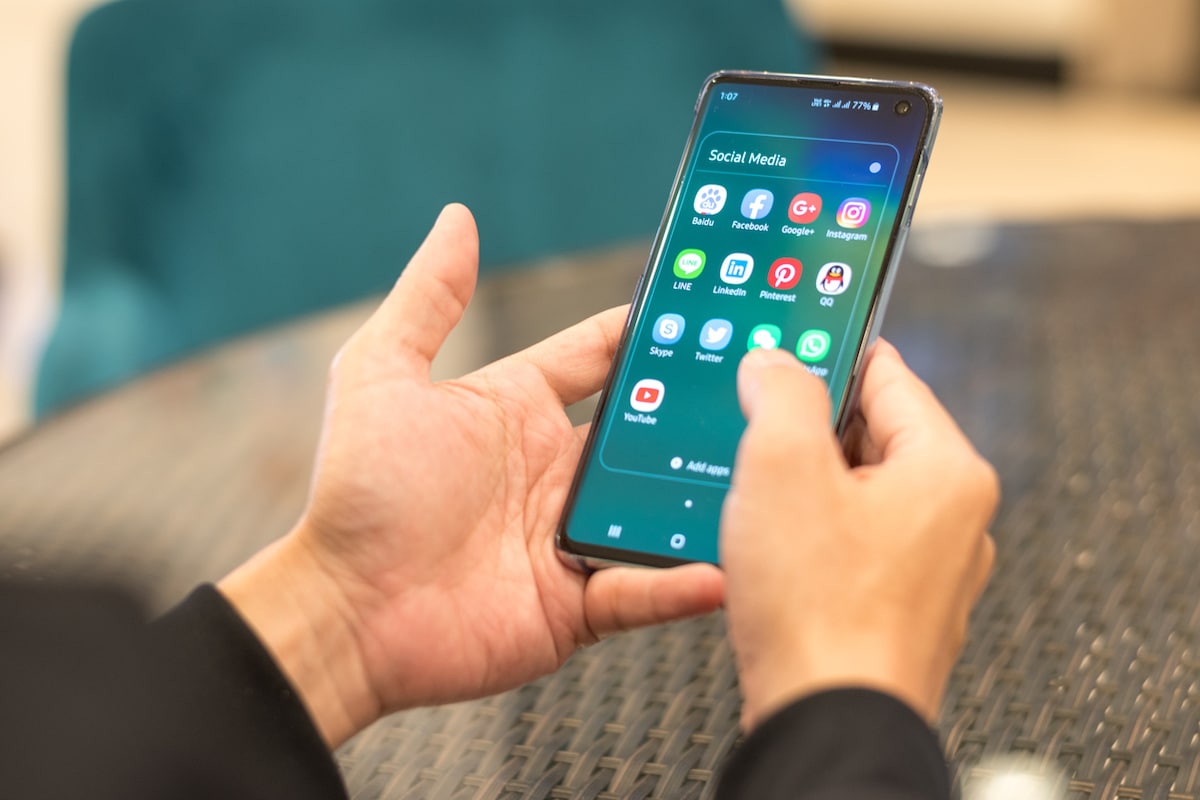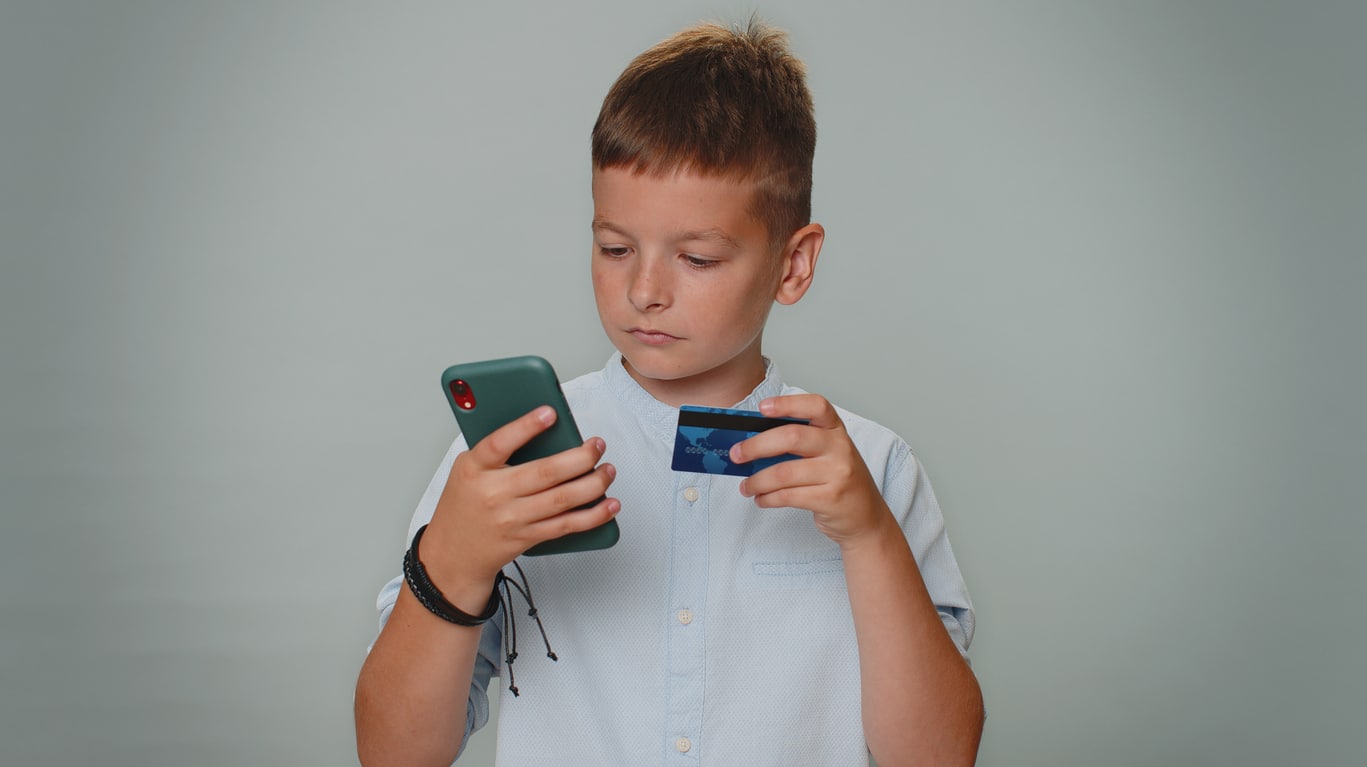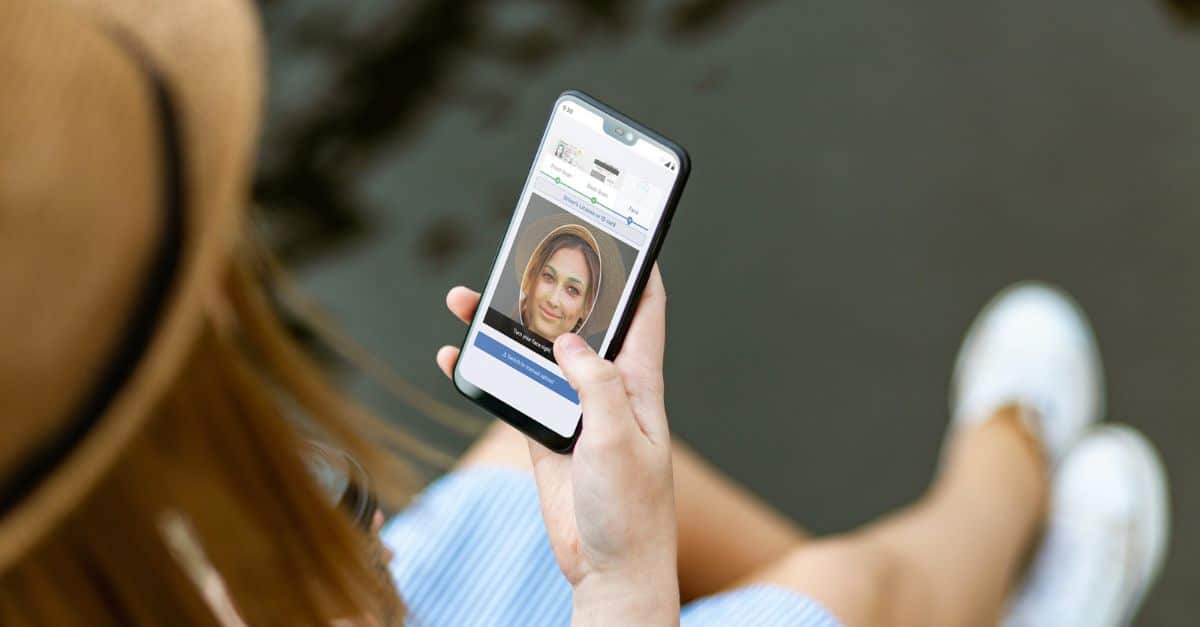Last updated on October 16th, 2024 at 09:33 am
Whether you’re making friends, keeping in touch with family, finding a job, advertising a business, or keeping up with the news, social media has become a must-have in modern society. This prevalence, combined with the anonymity provided by some sites, has made social media platforms a rich target for fraud, scams, and other crimes. Experts have suggested social media identity verification for account creation as a solution to this issue.
As of June 2023, about 1 in 5 Twitter accounts were fake or spam. These fake accounts are often used for phishing, digital payment fraud, bullying, and disinformation campaigns. Verifying identity for account creation is a hotly debated topic, but is currently supported by 60% of social media users, according to Media.com
Additionally, social media as a fraud vector is exploding. The percentage of identity fraud attacks on social media accounts exploded in 2024, growing from just 2% in Q1 to 16% in Q2.
Currently, social media identity verification is not standard for account creation on most sites, but many have begun to offer verification checkmarks. These checkmarks indicate that the user has been verified, although the means of verification varies between platforms, and some platforms limit this feature to select users or business accounts.
This article will not debate the pros and cons of de-anonymization of social media platforms, but to give the most recent status across popular sites.

There is currently no identity verification process for account creation. Users simply need to link an email address or phone number and enter their date of birth to create a profile. While users are supposed to be at least 13 years old to open accounts, there is no current verification process to confirm date of birth. However, if you need to confirm your name for account recovery, Facebook will ask for a government ID. This usually happens when users are reported.
There are two cases where Facebook will proactively verify identity – for political advertisers and Meta Verified users. In order to run ads about social issues, elections, or politics, advertisers need to submit their unexpired photo ID that matches the country where the ads are running. Meta Verified accounts, usually celebrities, content creators, or influencers, receive a blue check next to their profile. Users must verify their identity using a government-issued ID to participate in this program.
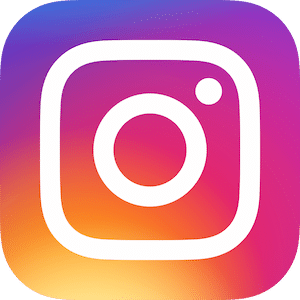
Because Instagram and Facebook are run by the same parent company, Meta, the processes are similar. There is currently no identity verification process for account creation. Users simply need to link an email address or phone number and enter their date of birth to create a profile. While users are supposed to be at least 13 years old to open accounts, there is no current verification process to confirm date of birth.
Meta Verified accounts, usually celebrities, content creators, or influencers, receive a blue check next to their profile. Users must verify their identity using a government-issued ID to participate in this program.
One difference in Instagram’s identity verification versus Facebook’s is in their account verification, which usually takes place after an account is reported. While Facebook asks for a photo ID, Instagram asks users to upload a video selfie to confirm identity. According to Instagram, this process can take up to two business days since videos are verified via human review and not through facial recognition technology.

YouTube
There is currently no identity verification for YouTube account creation. In order to create an account, users just need an email address and some basic information, like date of birth and postal code, neither of which are further verified. YouTube users may need to verify identity if they are using paid features but this is usually done through multi-factor authentication, like a code sent to the email address or phone number linked to the account.

X (formerly Twitter)
Like Facebook and Instagram, X accounts only require an email or phone number and date of birth for account creation. In September 2023, X did implement a slightly more rigorous identity verification for verified accounts, where government ID is used to verify identity “when needed.” In the cases where verified users are truly being verified, biometric technology is used. This ID and biometric-based verification is not available in the EU or the UK due to strict data protection laws. X used AU10TIX for identity verification until June 2024, when they switched to Stripe’s identification services due to user concerns.
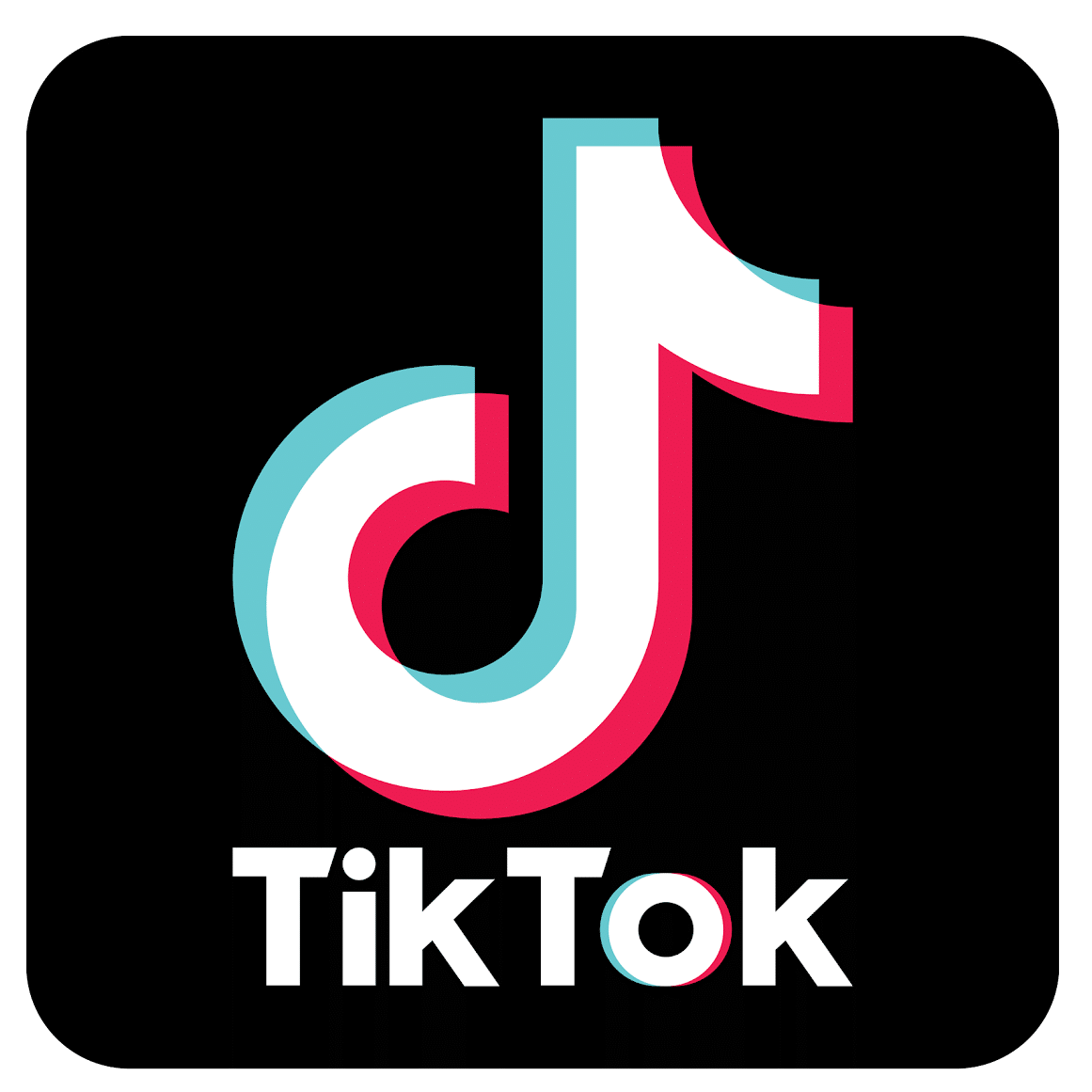
TikTok
TikTok, which has quickly become one of the most popular social media platforms in the world, does not have identity verification processes for account creation. The signup process is similar to other platforms, requiring users submit their date of birth and link an email address or phone number.
Identity is verified for TikTok Shop sellers. Users must submit personal information, including date of birth, the last four digits of their social security number, and a government-issued photo ID to earn money through the TikTok Shop.

LinkedIn’s account creation process currently does not include identity verification, only requiring users to enter an email or phone number, their name, and answer a few career-related questions.
LinkedIn does rely on identity verification for account recovery and verification badges, which appear as a grey checkmark icon next to users’ names. For account recovery, LinkedIn uses third-party provider Persona. Users must submit a photo of their government-issued ID and sometimes also must submit a photo of their face. For identity verification badges, LinkedIn uses CLEAR, an identity platform users may be familiar with from their presence in airports. Users must create a CLEAR account in order to earn their badge. Other verification methods, workplace verification and educational institution verification, are performed separately from identity verification.
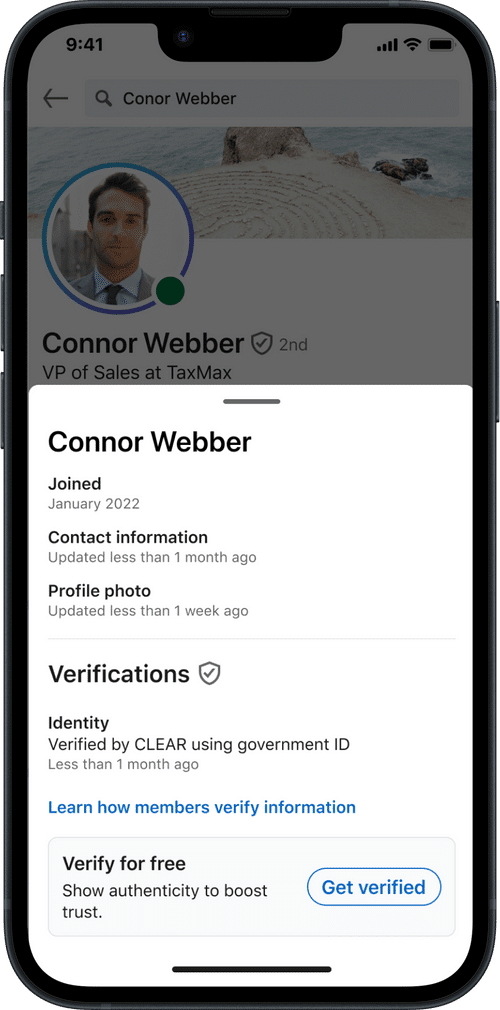

Pinterest, like most other social media sites, does not currently require identity verification for account creation – users simply must enter their email address and age. While Pinterest does offer a verification check mark for business accounts, they have currently paused their account verification feature.
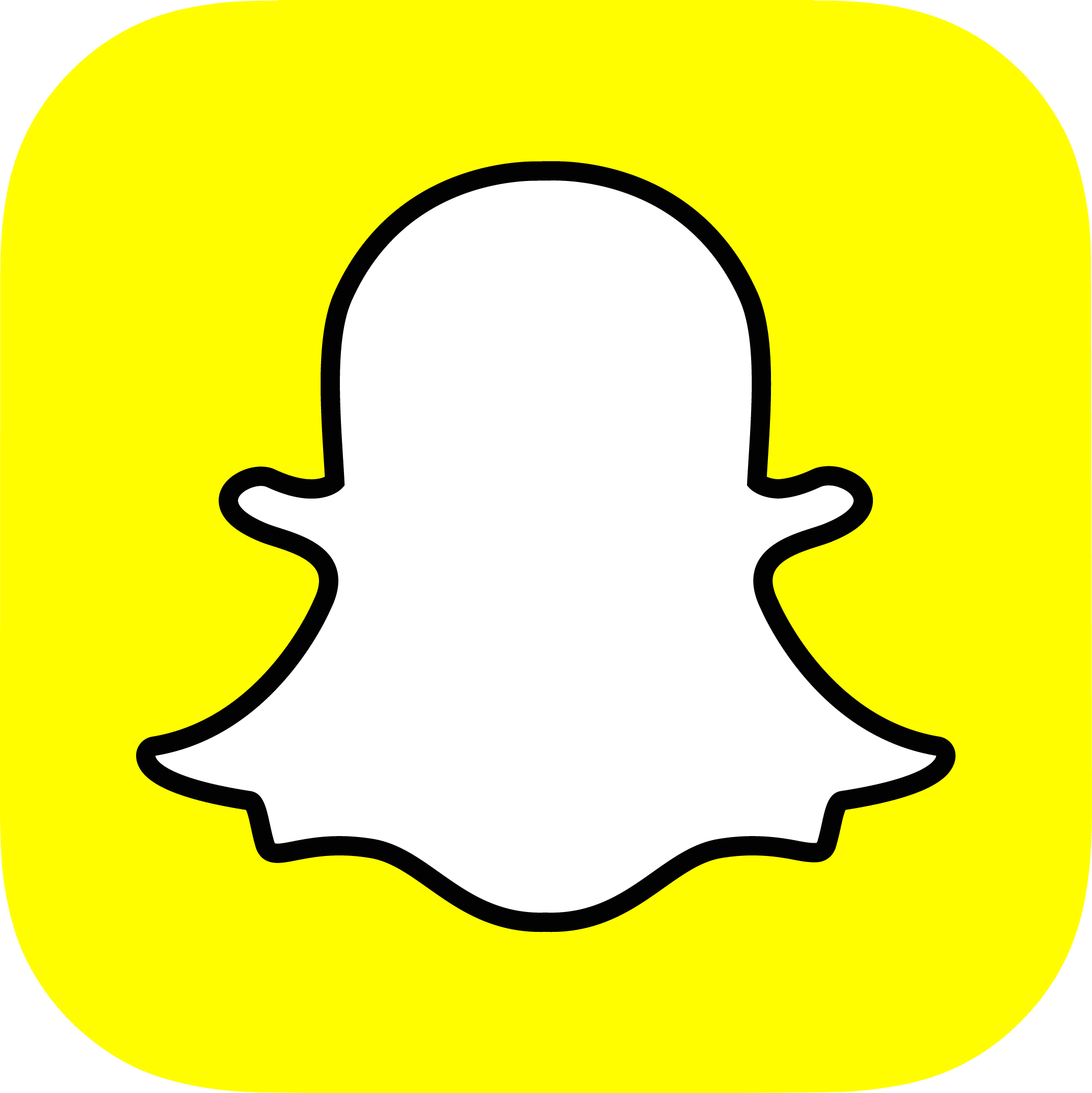
Snapchat
Snapchat is another social media platform that does not require identity verification to create an account. Account creation is similar to other platforms, requiring name, date of birth, and email address or phone number for sign-up. Unlike other social media sites, Snapchat is only available on mobile devices, like cell phones or tablets.
Snapchat does verify profiles through its Snap Star program, but these are currently limited to public figures and content creators.
Solutions for digital identity verification
If social media sites are looking to verify identity, there are efficient and secure resources available, like DIVE. DIVE is an AI-powered global digital identity verification platform. The process, which takes 10-20 seconds, prompts users to use their phone camera to take photos of the front and back of their ID and then complete a selfie face match. The ID is verified to ensure it is not fraudulent and has not been tampered with, and the face match process is equipped with liveness detection and anti spoofing to ensure the user matches the ID.
